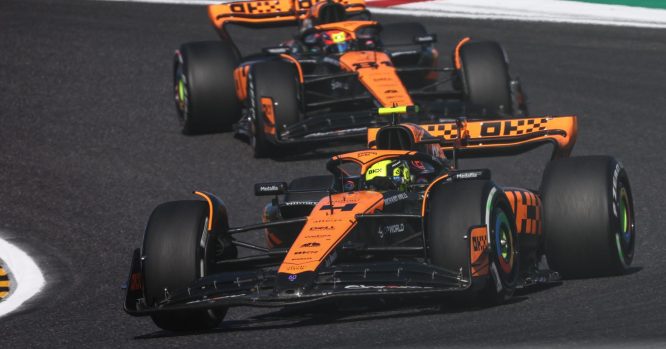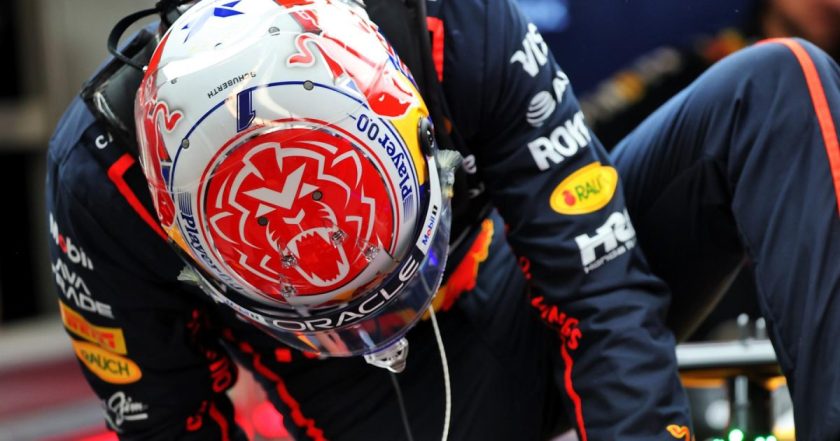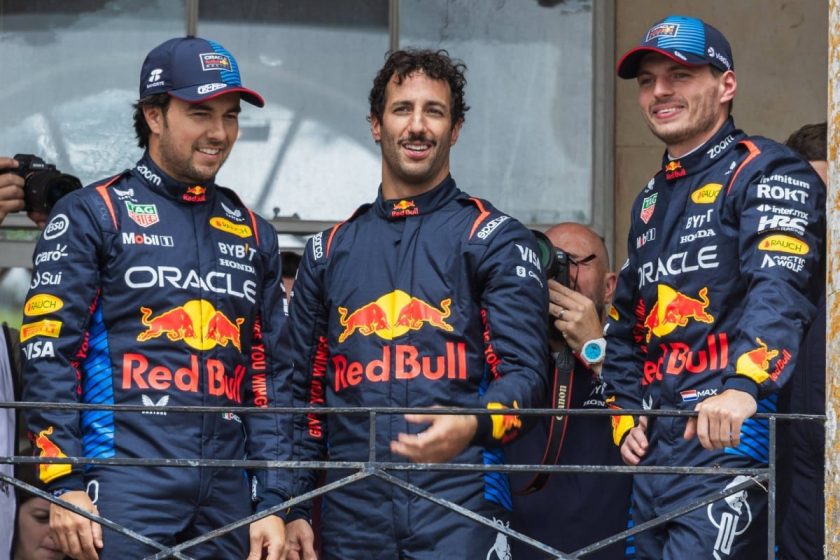P1racenews AI automatic summary:
Why McLaren’s upgrades are building a foundation for the 2024 car
The Japanese Grand Prix at Suzuka was of particular importance for the Red Bull and McLaren teams. Red Bull wanted to determine if their difficulties in Singapore were unique to that track or a result of technical changes to their RB19 car. Simulations indicated that Red Bull would be strong in Japan, and Max Verstappen confirmed this by setting the fastest time in the first practice session.
Meanwhile, McLaren was looking to assess the competitiveness of their MCL60 car after upgrades were made following Lando Norris’ strong performance in Singapore. Both Norris and Oscar Piastri had access to the upgraded aerodynamic package in Suzuka, which included modifications to the floor, air inlets, front-wing endplates, and brake air intakes. These upgrades aimed to reduce interference and improve aerodynamic efficiency.
McLaren’s engineers invested significant effort into designing and producing these late-stage upgrades, while also prioritizing the 2024 car. The team’s performance in Singapore and Japan, along with these upgrades, provided valuable insights for the future development of the car.
With a similar high-speed nature to Silverstone, it was expected that the McLaren would perform well at Suzuka. Under the leadership of Andrea Stella, McLaren has followed a clear plan to identify and rectify the car’s weaknesses, primarily in low-speed corners. The team’s analytical working methodology and access to a new wind tunnel have significantly contributed to their progress.
While the upgrades do not fully address all weaknesses, they serve as a solid foundation for McLaren’s development of the 2024 car. Improvements were made to the sidepod inlets to better control airflow towards the rear and diffuser of the car. Ultimately, McLaren aims to create a competitive car across all types of tracks based on their current progress.
Source: RacingNews 365






